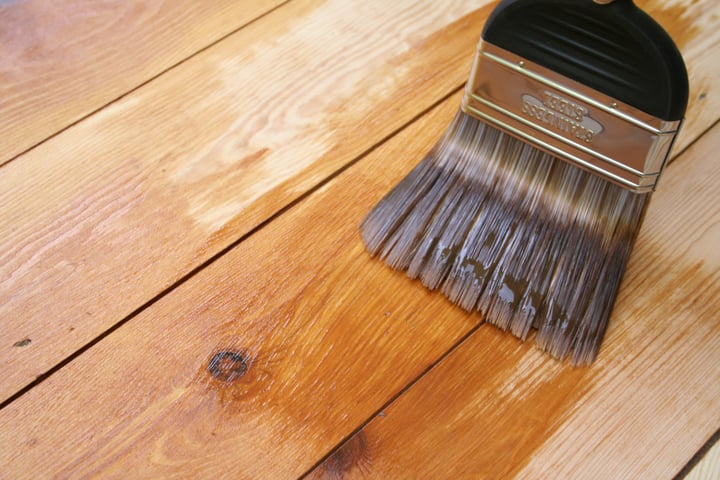
Surface tension and contact angle measurements can be used to determine the best wetting agent as well as optimize the amount of wetting agent in the formulation. Coatings are typically evaluated by methods such as laboratory drawdown where qualitative evaluation of the coating appearance are made. Surface tension and contact angle measurements can provide more quantitative approach. These measurements will not completely replace the visual evaluation but can be used to identify the best candidates.
Contact angle is geometrically defined as the angle formed by a liquid at the three-phase boundary where a liquid, gas, and solid intersect. There are three different forces acting on this three-phase contact point between solid, fluid and fluid.
The γlv is the surface tension of a liquid, γsl is the interfacial tension between the solid and liquid and γsv is the surface tension of the solid i.e. surface free energy.
The well-known Young´s equation describes the balance at the three-phase contact.
γsv=γsl+ γlv cosθY
The interfacial tensions, γsv, γsl, and γlv, form the equilibrium contact angle of wetting, many times referred to Young´s contact angle θY.
Young’s equation assumes that the surface is ideal. This means that it is flat, rigid, perfectly smooth, and chemically homogeneous. Furthermore, it assumes that the system is stable i.e. there is no interaction between the liquid and the substrate. As neither of the above-mentioned criteria is fulfilled in real life, advancing and receding (i.e. dynamic) contact angle measurements are often performed. Surface roughness can also be corrected by measuring the roughness corrected contact angle. Contact angles are thus divided into three categories; static, dynamic and roughness corrected.
Surface tension measurement alone is a great way to compare the general effectiveness of the additives. However, measuring the contact angle on the substrate to be coated will indicate which formulation will best coat the particular substrate. A lower contact angle indicates better wetting of the substrate. Change of contact angle as a function of time can also be measured.
If you would like to read more about the contact angle and how it can be measured, please download the white paper below.
Standard contact angle measurement considers the surface's chemical properties. The influence of surface roughness is added by utilizing the Wenzel equation.
Cohesion and adhesion are fundamental concepts in the study of physics and chemistry, playing crucial roles in various natural and industrial processes.
Surface inspection is done to guarantee optimum surface properties for coating and bonding
A spreading coefficient is a measure of the wetting behavior of a liquid on a solid surface.
Wetting and adhesion analysis has been added to our all-inclusive OneAttension software and is available for download for all OneAttension customers.
Contact angle measurements offer a fast and sensitive way to evaluate the effectiveness of different cleaning processes.
Depending on the strength of these forces, the adhesion failure can be either adhesive, cohesive, or substrate failure.
One of the main challenges in PCB manufacturing is the adhesion of the conformal coating. Contact angle measurements can be used to predict adhesion.
Adhesion problems are one of the main reasons for the failure of the product. Read to find out how contact angle measurements can help solve the problem.
